Polygonal masonry
Polygonal masonry is a technique of stone wall construction. True polygonal masonry is a technique wherein the visible surfaces of the stones are dressed with straight sides or joints, giving the block the appearance of a polygon.[1]
This technique is found throughout the world and sometimes corresponds to the less technical category of Cyclopean masonry.[2]
Places
Crimea
Ecuador
Hungary
Iran
Italy

In Italy, polygonal masonry is particularly indicative of the region of Latium, but it occurs also in Etruria, Lucania, Samnium, and Umbria; scholars including Giuseppe Lugli have carried out studies of the technique.[3][4] Some notable sites that have fortification walls built in this technique include Norba, Signia, Alatri, Boiano, Circeo, Cosa, Alba Fucens, Palestrina, and Terracina.[5] The Porta Rosa of the ancient city of Velia employs a variant of the technique known as Lesbian masonry.[1]
Japan

Mexico
Montenegro

Morocco
Peru

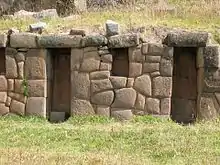
Philippines
Portugal
Romania
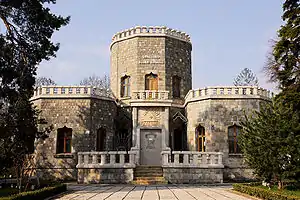
Sudan
Syria
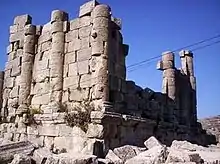
- Arwad
- Hosn Suleiman Baitokaike
- Bara
- Barad
- Barjaka
- Basufan
- Bauda
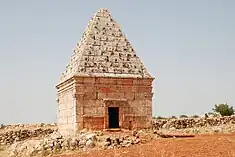
- Benastur Monastery
- Church of Saint Simeon Stylites
- Churches of Sheikh Suleiman village
- Cyrrhus
- Dana
- Deir Qeita
- Jarada
- Kharab Shams Basilica
- Mount Simeon
- Mushabbak Basilica
- Refade
- Serjilla
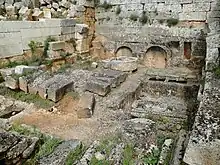
- Qalb Loze
- Qatura
Thailand
United Arab Emirates
United Kingdom
United States

References
- G.R.H. Wright (23 November 2009). Ancient Building Technology, Volume 3: Construction (2 Vols). BRILL. pp. 154–. ISBN 90-04-17745-0.
- Carmelo G. Malacrino (2010). Constructing the Ancient World: Architectural Techniques of the Greeks and Romans. Getty Publications. pp. 97–. ISBN 978-1-60606-016-2.
- Frank, T. 1924. "Roman buildings of the Republic: an attempt to date them from their materials." MAAR 3.
- Giuseppe Lugli (1957). La Tecnica Edilizia Romana Con Particolare Riguardo a Roma E Lazio: Testo. 1. Johnson Reprint.
- Jeffrey Alan Becker (2007). The Building Blocks of Empire: Civic Architecture, Central Italy, and the Roman Middle Republic. ProQuest. pp. 109–. ISBN 978-0-549-55847-7.
- P. Gros. 1996. L'architecture romaine: du début du IIIe siècle av. J.-C. à la fin du Haut-Empire. 2 v. Paris: Picard.

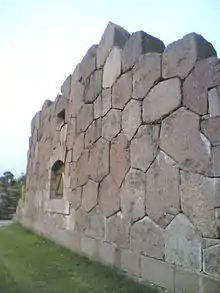
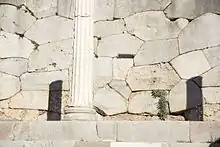
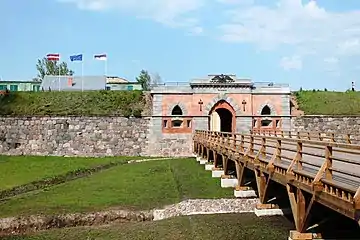
.jpg.webp)
